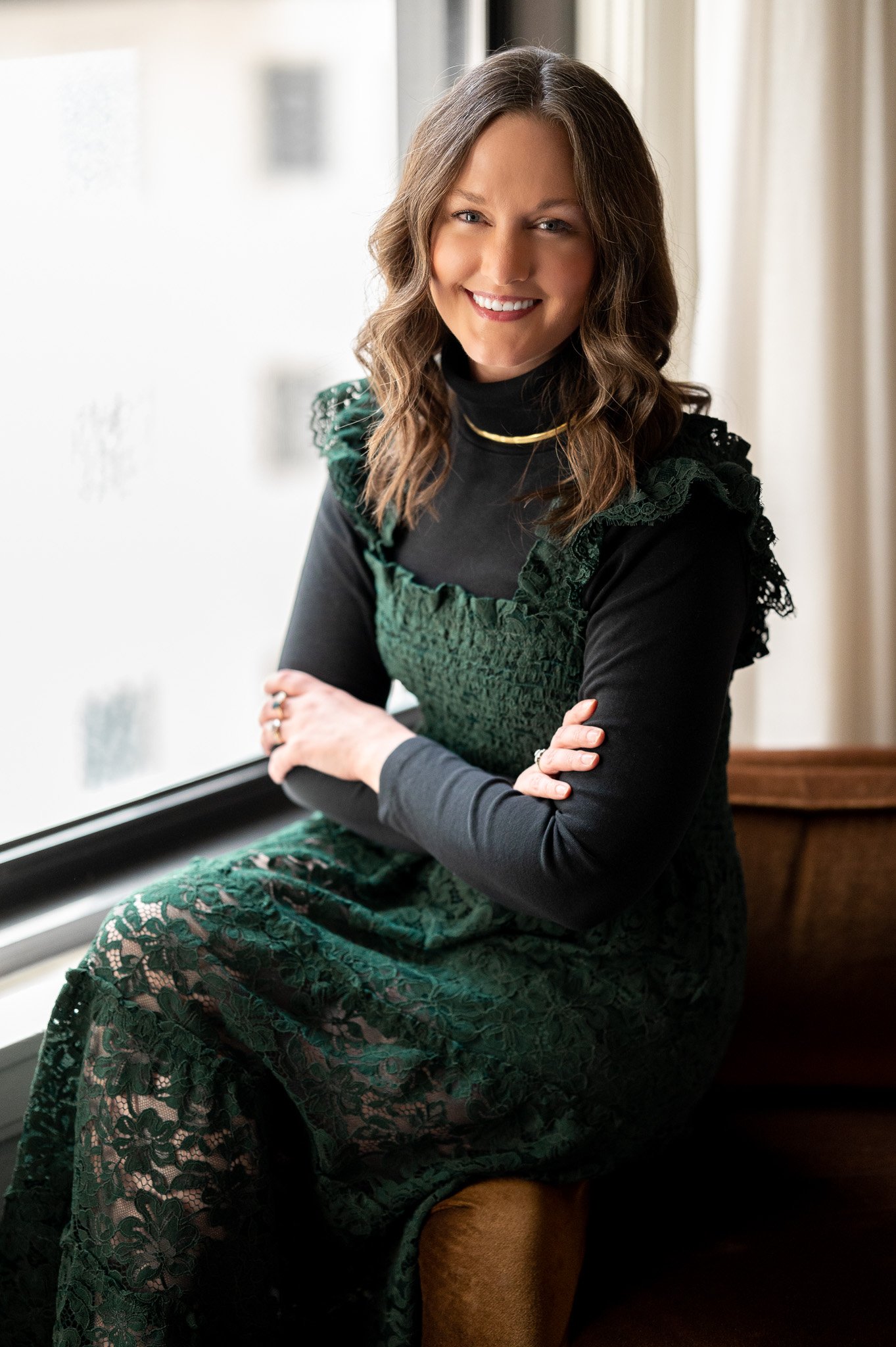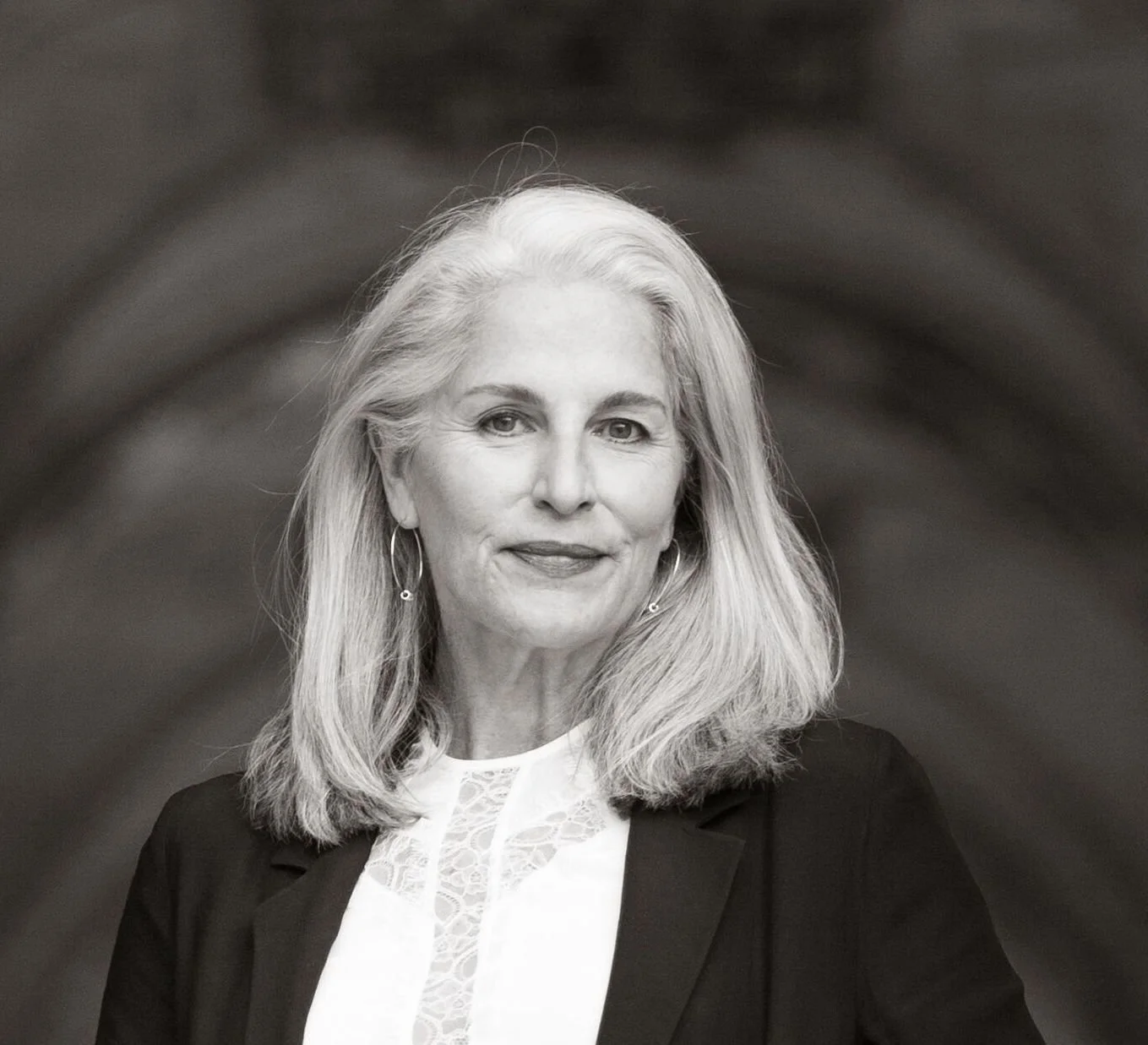From Conception to Debut: Creating Characters in Historical Fiction - A Guest Post by Liza Nash Taylor
I’m on maternity leave! During this time, a few of my favorite authors offered to step up and write guest posts so that this blog would remain active while I adjust to my new role as a mother. I may also be a bit slower to respond. Thanks for understanding and for being so supportive of me, my family, and my blog. Want to donate a few dollars to keep this blog running or perhaps contribute to my diaper fund? You can do so on Venmo or Paypal.
From Conception to Debut: Creating Characters in Historical Fiction - A Guest Post by Liza Nash Taylor
Readers and writers alike remember and identify with fictional characters we’ve encountered. We might feel we know Dorothea Brook from MIDDLEMARCH as well as the barista who’s made our latte every day for three years, or maybe Becky Sharp from VANITY FAIR is as vain and conniving as our spin instructor. Something about Moll Flanders’ pluck and intuition for survival transcends the ages, even though Daniel Defoe wrote her character in 1722.
This phenomenon is not, of course, confined to the classics, although I do wonder if characterization was more vivid in an age before film and television. Many successful recent historical novels integrate actual people and events into a fictional plot with great success, such as Ann Mah’s fabulous new novel, JACQUELINE IN PARIS, about Jacqueline Bouvier’s year studying abroad in 1950. Mah writes Jackie as charmingly naïve and relatable, not as the aloof socialite she became. Mah did her research, and the fabulous details of both place and time period make her plot both plausible and fascinating.
Like Ann Mah, when plotting my novels, I use historical events I find interesting and plop my characters into the scene, then watch what they do.
But first, I have to come up with the character. Writing about real people and events has its challenges and its rewards. My first novel, set in the 1920s, has a supporting character based on the entertainer Josephine Baker. Originally, I was going to make Miss Baker a character, but my then-agent wisely advised me not to, because I’d be constrained to the actual timeline of her life.
Some fictional characters are conceived, then grow and develop, revealing themselves to us over time. Others spring—fully formed—into our heads, demanding to have their stories recorded.
So, what makes a fictional character memorable?
My character May Marshall in ETIQUETTE FOR RUNAWAYS was inspired by Daniel Defoe’s Moll Flanders. I began my manuscript shortly after finishing this early novel. What impressed me about Moll was that Defoe contemporaneously portrayed a young woman in the 18th century, dependent upon her wits and scant resources, who triumphs over those who would put her down and take advantage of her. Unlike popular fictional heroines of his day, who radiated virtue and goodwill, Moll doesn’t play by the rules. Defoe was brave enough to let Moll misbehave. She steals and cheats, she gets even, she wins. As readers, we root for her.
Another inspiration for my character May came from dirt. At the 1825 Virginia farmhouse where I live, I often come across old horseshoes, antique bottles, and broken pottery—detritus of earlier lives, discarded as trash. To me, these are treasured artefacts. One day, while pulling weeds, I dug up a broken bit of porcelain. On closer inspection, it turned out to be part of a Victorian-era doll’s face. It was a little creepy, in a good way. I wondered whose doll it had been, and what was that little girl’s life like at Keswick Farm, a hundred or more years ago. The second question that came to me was even more compelling: how did the doll get broken? This question became part of my plot.
In my second novel, IN ALL GOOD FAITH, I set out to tell May’s continuing story. Having left her in Paris in 1926, the story continues six years later, back at her home in Virginia in the Great Depression. Both books are partially set at my home, Keswick Farm, which is the farmhouse I mentioned earlier. I had an idea of where May’s life was headed and I began.
Well, not to get all woo-woo, but something happened. Another character appeared in my head. I knew she was a teenager, and she had a hard life. There was something Dickensian about her. She waved and shouted (in my head), demanding to be noticed. I told her I’d put her is a story, or something, sometime. Then, as I researched the time period, I kept finding interesting bits that didn’t fit my original concept, yet were quite compelling. I kept seeing scenarios where this noisy character might fit in. I gave her a name, which is a combination of two Charles Dickens characters: Amy Dorrit from LITTLE DORRIT, and Bill Sykes from OLIVER TWIST. Once Dorrit Sykes had a name, she would not go away. Her story meshed with May’s and the plot became a dual narrative. I’ve never had that experience before, of a character showing up fully-formed. I hope it happens again.
In the manuscript I’m working on now, which is set in Paris in 1954, I’m using the fashion designer Jacques Fath and his ex-model wife, Geneviève (actual people) as fictionalized secondary characters. The Faths were charismatic, beautiful people who lived large, and personified their luxury brand. While Fath’s main competitor in post WWII couture, Christian Dior, was shy and retiring, the Faths threw epic costume balls for a thousand guests at their chateau outside Paris. They sought the press, and developed a lifestyle. What interested me was what happened when they weren’t on camera.
My main character, Cece, is a young American woman inspired by my mother, who did some modeling while she was in college in the late 1940s. In her photos, my mother is beautiful, but she doesn’t quite seem comfortable in her own skin. She wasn’t owning her beauty.
My character Cece takes a trip to Paris in 1953, and becomes a fitting model at the couture house, Maison Fath. This naïve girl from Virginia wants to grow up fast, to reinvent herself, and she idolizes the Faths. I wanted to explore Cece’s coming of age, her discovering herself, learning by observing; to strut down a catwalk, and to pose. Along the way she stumbles, learning that a pose can hide heartbreak and humiliation.
While inventing Cece, I took two trips to Paris. Immersing myself in the scene is invaluable for discovering sensory details: the odors of the metro, the winter light falling on stone buildings, glinting on the waters of the Seine. I chose a café near the Parc Monceau where several scenes are set, and I sat on the terrasse there, sipping vin rosé and taking notes. I chose a street that Cece would live on, and was able to see the view from her windows and imagine the cabbage water smell of the stairwell.
In developing Cece’s character, I rifled through what I call my emotional file cabinet. We all have one, right? Stored memories of a first kiss, the most humiliating thing ever, etc. Emotions and character traits, as I said at the start, are timeless. Guilt, fear, love—all characters must have realistic feelings for the story to come to life and be relatable to the modern reader. That being said, we also have to take into account the constraints upon women in the particular era we’re writing about. That isn’t to say that our characters can’t be feminists before the term was coined, or break the mold, but we have to make it plausible. For instance, my character May wants to start a candy business in 1932, but she can’t get a bank loan without her husband’s signature. So that’s a real obstacle that a woman might face in that decade, in America.
My fellow historical author Alan Hlad’s new book, THE LIGHT BEYOND THE TRENCHES is set during WWI. I highly recommend it. Based on actual events, one of Alan’s German characters is responsible for launching poison gas shells into allied enemy trenches. The character struggles with the horrific responsibility. I asked Alan how he finessed writing a character who does evil things. He said: “In A Light Beyond the Trenches, I imagined Bruno to be a German military officer who serves in a secret unit for gas warfare called Pioneer Regiment 36. I wanted readers to view him as a sympathetic character, despite that he commits war atrocities, so I gave him a tragic family backstory that compelled him to perform his duties. Also, I strived to show Bruno’s redeeming qualities, such as loyalty, compassion, and penitence.”
Sometimes, as we layer in traits, experiences, and reactions, our characters surprise us, and in doing so, they are more likely to surprise the reader and keep them interested. Our conception of a character very often changes as we progress through our story. Sometimes, we’ll be halfway through and realize that our character would never do what we originally envisioned. Whether our characters are historical figures or totally invented, we must strive for verisimilitude.
And speaking of creating characters, welcome to baby Miles, and all the best to Ashley and her family!
Thanks for this opportunity to contribute.
From Conception to Debut: Creating Characters in Historical Fiction - A Guest Post by Liza Nash Taylor





